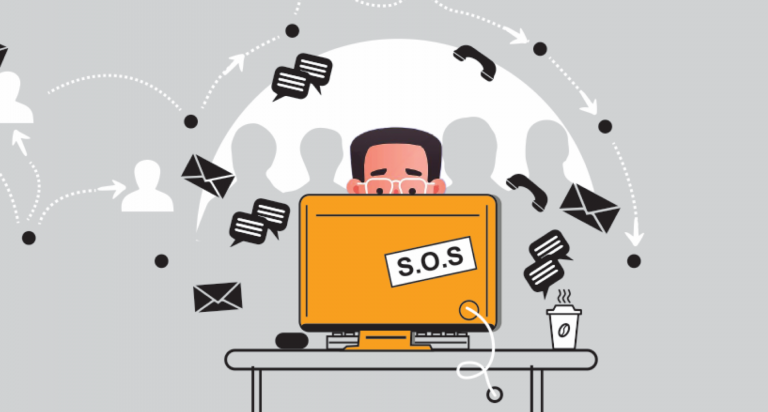Businesses of all sizes are becoming targets of ransomware campaigns at blazing speed as cybercriminals, with increasing sophistication, hack into computer systems and mobile devices with the goal of stealing and or locking out companies from their sensitive data to later demand a ransom for retrieval.
The increase in attacks is alarming. In 2017, the percentage of organizations that fell victim to ransomware attacks was at 39%, and in 2018, that number rose to 45%. The increase steadily continued as in 2019, 58% of organizations were affected by these attacks, with 2020 reporting a disturbing 62%.
Fortunately, there is a variety of methods today’s businesses can use to safeguard themselves and their assets from ransomware attacks. Consider the following seven ways when assessing how your organization is approaching protection.
1. Tread carefully with email linksIf you receive an email that contains links, do not open it unless you are positive the link is legitimate. Be wary of opening attachments or downloading documents from emails, regardless of who sent them, as they may contain viruses or software designed to weaken the protection of the computer.
2. Establish a data recovery and a backup plan
Having a tested data recovery and backup plan in place is important for dealing with the threat of ransomware attacks. In a surprise move, attackers recently waited 31 days before launching their ransomware to ensure that their code is in every backup copy up to the 30-day retention policy.
3. Automate antivirus updates
One of the simplest and yet important steps to securing data is to make sure that antivirus and anti-malware solutions are set up to update automatically. This will lessen the potential for threats due to forgetfulness or being swept up in pressing company matters. Also make sure that antivirus software regularly runs scans on all computers.
4. Invest in employee education
Employees are a key component to guarding against ransomware attacks and can actively assist in the implementation of ransomware in a company. In order to achieve this, however, employees must be educated on what they should and shouldn’t do in order to mitigate the potential of threats. Offering educational trainings and best practices webinars are a great way to make sure employees are on the same page as those at the company who manage cybersecurity. Additionally, be sure to conduct regular testing by initiating tests quarterly.
5. Configure multi-factor authentication for email and business sensitive systems
Cybercriminal phishing campaigns are a common method to getting ahold of employee usernames and passwords which can give them access to sensitive information. Email accounts are particularly vulnerable as cybercriminals will send urgent requests to targets and ask them to change passwords or fill in personal information, and if a target complies, that information is sent directly to the cybercriminal.
Multi-factor authentication is an effective method for mitigating threats as it requires other authenticators to gain access to sensitive information, rendering most phishing efforts useless. The various types of multi-factor authentication include the use of biometrics, PINs and hardware tokens (such as fobs).
6. Don’t pay the ransom
Although restoring compromised systems is a costly and time-consuming process, the option to pay the ransom does not guarantee that you will recover your files. Organizations can be sure they’ve just provided a large sum of money to a cybercriminal likely to strike again, whether it’s against themselves or another business/individual.
Attempts are being made to outlaw ransoms by cybersecurity experts and politicians across the globe. In fact, the U.S. Department of the Treasury has warned that individuals or entities paying data ransoms could be fined as those actions are considered promotion of ransomware payment demands.
These seven methods are great building blocks for establishing a strong line of defense against ransomware, but as we’ve seen with the increasingly advanced capabilities of cybercriminals, it’s important to keep an eye on trends and make sure an organization is up to date on the technology available that can help keep it safe.
Written by Usama Houlila.
Any questions, comments, or feedback are appreciated! Leave a comment or send me an email to uhoulila@cr.jlizardo.com for any questions you might have.



